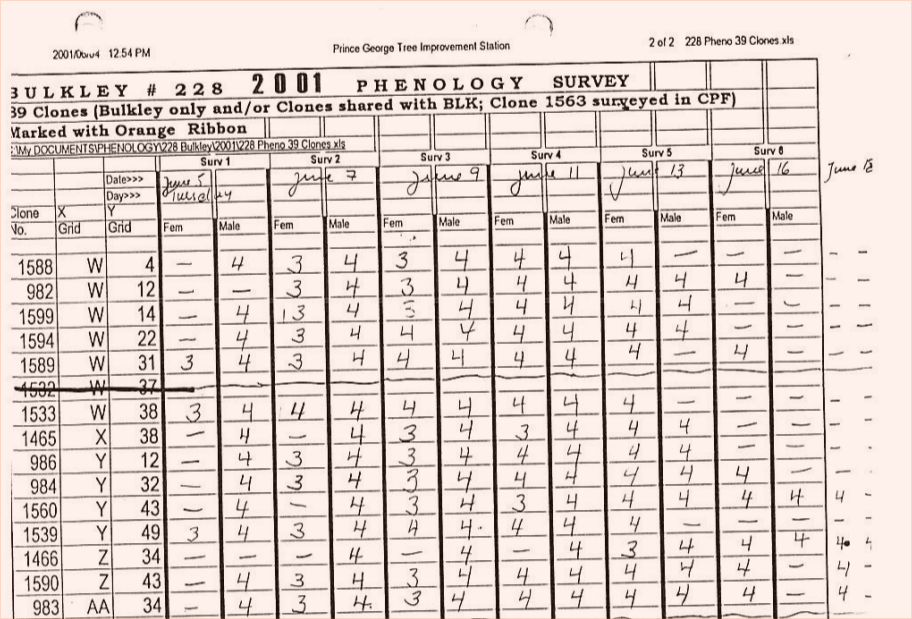In a few weeks This week, Charles Menzies will be presenting “Stories of Seals, Abalones, and Strangers” at the Fisheries Seminar Series at UBC, which I’m really looking forward to. His talk abstract describes environmental destruction of the Gitxaala people’s historical lands
For over two hundred years Gitxaała people have been witness to a fantastical transformation of the lands and seas. Oceans once teeming with marine life have been fished barren. Hillsides along streams have been denuded of trees. Mountains have been drilled into. Waterways have been blocked and diverted. Monstrous windmills are planned for the tops of seaward ridges. Large ships filled with oil and gas are being marshaled soon to descend upon the heart of Gitxaała.
And promises to discuss how the models people like me create affect the Gtxaala:
Despite this transformation Gtxaała maintains a strong attachment to the place. This presentation tells the stories of seals and abalone – important foods and beings within Gitxaała’s world- and the strangers -ḵ’amksiwah- who came and stayed. While models drawn from universalizing sciences appeals to the ḵ’amksiwah, these models tend to create mechanisms more effective at destroying Gitxaała practices then they are in managing so-called resources.
I spend a lot of time thinking about how the distribution of different forest tree species will change as the climate changes. When I think about what climate change means for people, I think about things like how to prepare cities for heavier rainfall or more frequent heat waves, the loss of ecosystem services, resource conflicts, or disrupted agricultural systems. I haven’t spent as much time thinking about the cultural implications of climate change. But reading this talk abstract makes me wonder what species distribution shifts will mean to people whose culture is tied so closely to particular ecosystems. In the past, governments have forcibly removed native peoples from their lands. Now, through climate change, we may be forcibly moving lands away from native peoples. Perhaps there’s a way for our models and predictions about species distributions to be used to prevent or mitigate that.
